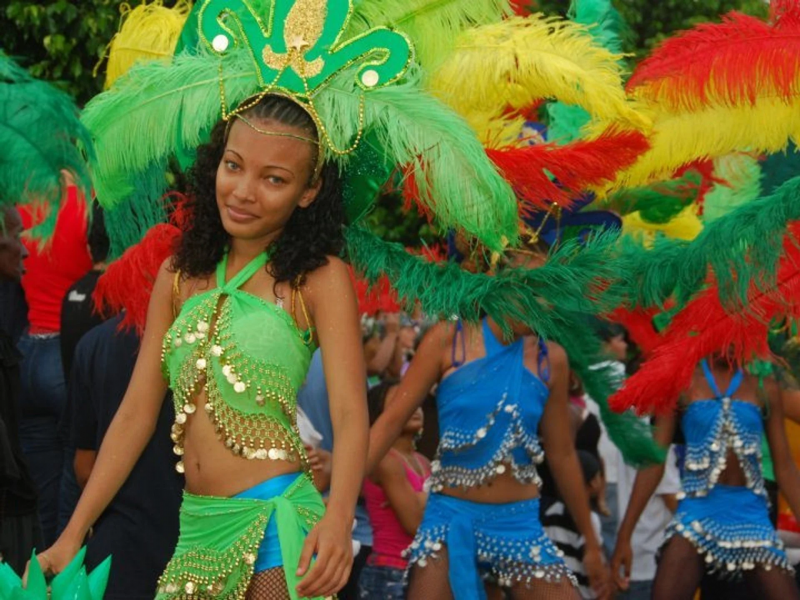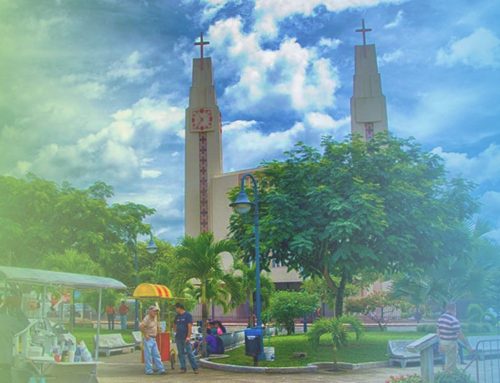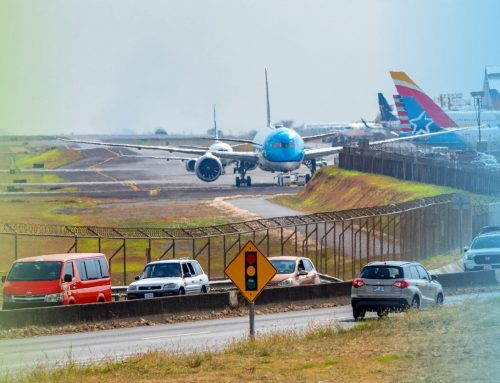Exploring the art, food, history, and other aspects of native peoples is key when visiting #CostaRica. In this article, we’ll tell you what cultural tourism is and how to make the most of the experience to connect with the identity of the wonderful places this country has to offer.
What is Cultural Tourism in Costa Rica?
First, when visiting a place within or outside our country; the sites we choose align with the experience we seek. In the case of cultural tourism, these destinations often encompass places that have been historically significant for a region, regardless of their beauty.
In places like archaeological sites, museums, theaters, and even restaurants, we can experience the distinctive characteristics of the location and live the complete experience.
It could even be educational tourism, as learning and experimentation are part of the itinerary!
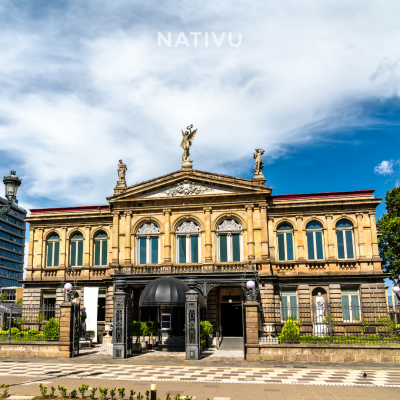
Types of Cultural Tourism Around the World
Destinations in Costa Rica for cultural tourism
Historical Tourism:
Destinations like the Guayabo National Monument, where you can explore the pre-Columbian ruins of the indigenous civilization that inhabited these lands. Or places like the Ujarrás Ruins, dating back to the 16th century, which offer a fascinating glimpse into Costa Rica’s early history, marked by Spanish influence.
These spaces are located in strategic locations and are perfect for day trips.
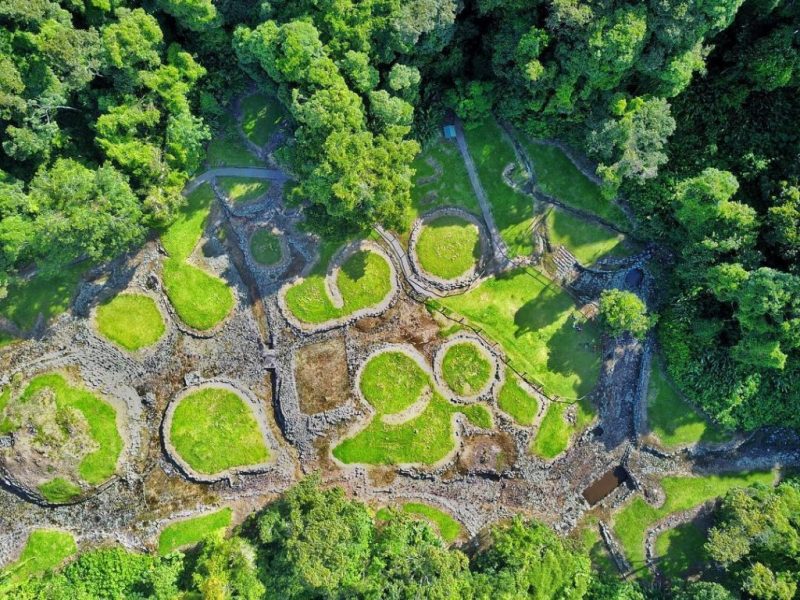
Artistic Tourism:
Costa Rica´s downtown offers various spaces such as museums, theaters, and galleries. The Museum of Contemporary Art and Design (MADC) in San Jose guarantees an experience that reflects the diversity and creativity of the local culture. Also,the National Theater of Costa Rica in San Jose is a magnificent building that is an architectural icon of the country and houses an impressive collection of art and decorations reflecting the golden age of theater in Costa Rica.
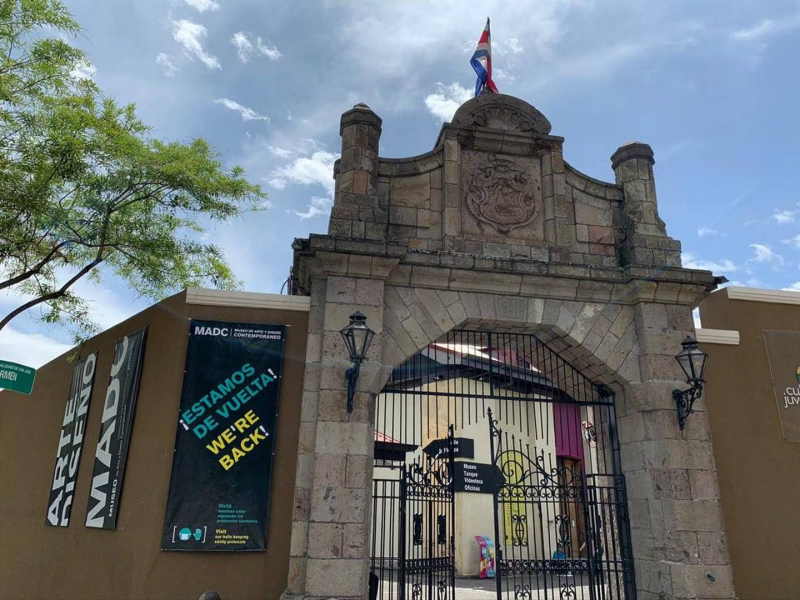
Religious Tourism:
The Romería of Costa Rica is one of the most important and deeply rooted religious traditions in this country. It is celebrated every August 2nd in honor of the Virgen de los Ángeles, the patron saint of the country.
This festivity brings together thousands of people from all over the country and from other parts of Central America, in a massive pilgrimage towards the Basilica of Nuestra Señora de los Ángeles, located in the city of Cartago.
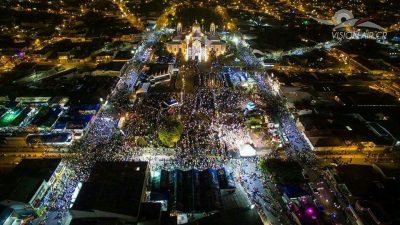
Festive Tourism:
Finally, the National Arts Festival (FNA) is an annual event that brings together artists from all over the country to share their talent. Meanwhile, the Limón Carnival offers a colorful celebration on the Caribbean coast of Costa Rica. It’s an explosion of music, dance, and Afro-Caribbean culture that reflects the ethnic diversity and joy of the Costa Rican community.
